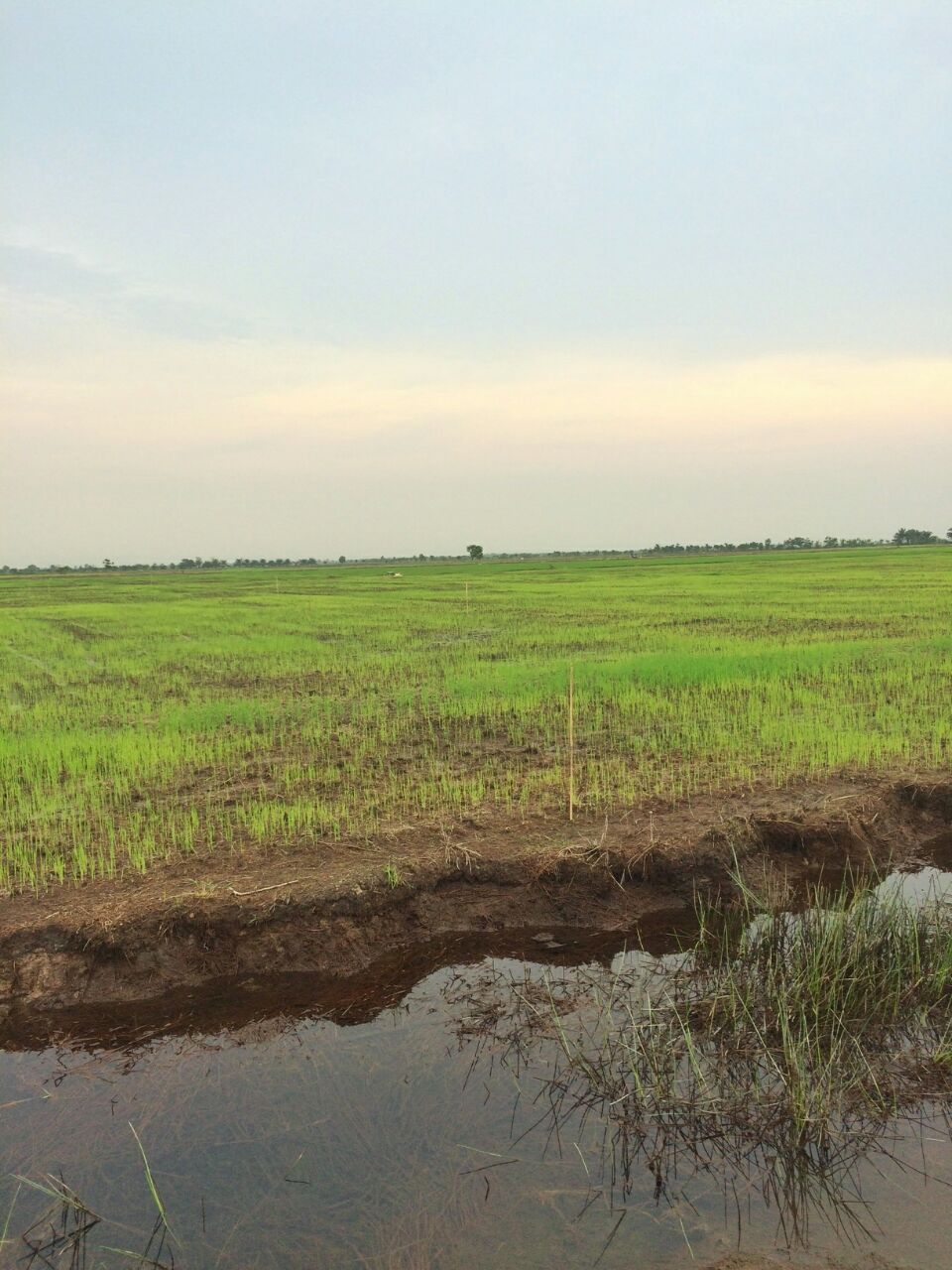72 Hours at Air Sugihan Sub-district: Banyu Biru, Srijaya Baru, and Jadi Mulya
By Bunga Goib, a Wahana Riset Indonesia’s researcher.
It was 11.30 AM when a small speed boat taking me and my colleagues from Wetlands International Indonesia, Hutan Kita Institute, and village facilitators from Peatland Restoration Agency docked in a port of Banyu Biru Village, Air Sugihan Sub-District, Ogan Komering Ilir District, South Sumatera. We arrived at Banyu Biru Village after travelling for 2.5 hours from Palembang, the capital of South Sumatera. Banyu Biru Village, together with its two neighboring villages, Srijaya Baru and Jadi Mulya, were the locations we selected for collecting data on socio-economic condition of the villages on peatlands, focusing on community’s livelihood.
The sun was shining so brightly when I arrived at the village in early November. According to the villagers, my colleagues and I were lucky enough because we were there when it was sunny. When it rains, unpaved roads become sticky, slowing down the village activities. Since I arrived at the beginning of rainy season, fields were being prepared to be planted with rice. In some rice fields, rice seedlings grew in the place where they had been sown.
I had a lot of conversations with the villagers of Banyu Biru, Srijaya Baru, and Jadi Mulya for three days. Apparently, those villages share similar background and history. These people came from Java through transmigration program in 1981. From the discussion and conversation with the local communities, it was found that these villages were originally peat swamp areas. However, as the time passed by, peatlands in these villages got thinned and were leached by various activities such as farming activities.

A rice field in Srijaya Baru Village in November. Photo by Bunga Karnisa Goib.
Agriculture is an important sector, because most of the three villages’ communities are rice and palm oil farmers.
The three villages share the similar rice field irrigation system; they use rain-fed irrigation system. This method requires a watering or irrigation system that depends on rainwater, making the planting season in these villages only occurs once in a year, specifically from October to March. Rain-fed rice field’s yield varies from 2 to 3 tonnes of dry grain per year.
In farming, these three villages faced several challenges. In the last two years, puso (harvest failure) occurred, especially in Banyu Biru and Jadi Mulya, due to severe pest attacks which, according to the villagers, were caused by land burning prohibition so that pests such as rats remained. Farmers also faced difficulties in cultivating their lands due to the lack of knowledge. Their sources of knowledge to date are only their fellow farmers. They also have limited sources of capital. Low interest credit is yet to be accessible to the communities of the three villages. Due to these obstacles, especially the low frequency of harvest, the communities shifted to palm oil as the new commodity. Depending on the planting pattern and the distribution, palm oil can be harvested every two weeks.
In the past several years, an alternative livelihood emerged in these three villages. Some villagers built swiftlet nesting houses because of their promising and substantial outcome. In 2017, although the price fluctuated every month, middlemen bought swiftlet nest for 10 to 18 million Rupiahs per kilogram. Swiftlet nest can be harvested every two months with 0.2 to 0.5 kilograms of nest every harvest.
My 72 hours passed too soon. It seemed that so much data still needed to be collected with the support from all villagers. Moreover, much of the data could not be obtained from books or scientific journals. This experience is so precious, and this journey gave a research inspiration, especially to me and my colleagues as young researchers, to help communities.